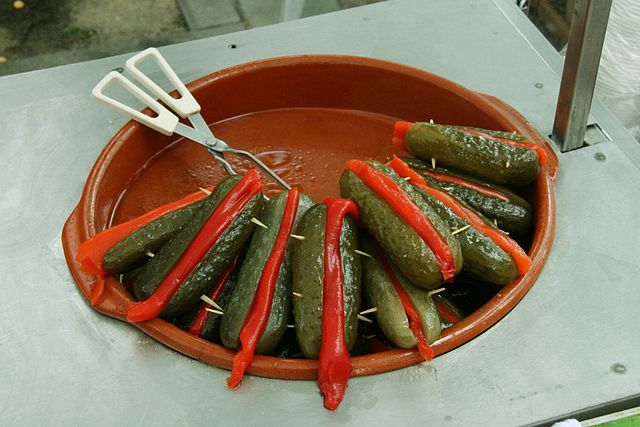A microorganism, the FO12 strain of the fungus Fusarium oxysporum, allows the natural fertilization of cucumber plants, promoting the improvement of responses to iron deficiency.
According to research developed at the University of Córdoba, Spain, this microorganism promotes the growth of the plant without having to resort to products that are harmful to the environment.
Although the fungus Fusarium oxysporum is very harmful to many crops, “the FO12 strain is non-pathogenic (does not cause disease) and has been shown to be a biocontrol agent against Verticillium dahliae,” Javier Romera, professor of the María de Maeztu Unit of Excellence-Department of Agronomy of the University, said.
The power to control diseases of this strain was already known thanks to previous work by the Agroforestry Pathology group, and it is probably due to the fact that it is able to activate induced systemic resistance (ISR), a kind of immune system that plants have to defend themselves.
Substances such as ethylene and nitric oxide are involved in the regulation of this defensive response, which are also involved in the activation of responses to iron deficiency.
“Since this fungus already induced defensive responses, we think that it could also induce responses to iron deficiency, and that has been the idea of the study, to prove that it also induces them,” said researcher Carlos Lucena.
Therefore, this study proves that the FO12 strain improves responses to iron deficiency in cucumber plants in calcareous soils. At 24 hours after the inoculation of the roots of cucumber plants with this microorganism, results are already seen, because the genes related to the response to the iron deficiency are activated and, after several days of cultivation, the growth of the plant increases.
Greenhouse
The study has been carried out with cucumber plants grown in nutrient solution, “a more artificial system,” and also in pots with calcareous soils, in greenhouse conditions “because the idea is that those microorganisms can be applied as biofertilizers that favor the acquisition of iron in those calcareous soils, where there are more problems,” Romera stressed.
In both cultivation methods, the fungus stimulated the acquisition of iron and the growth of plants.
The use of this type of microorganisms as a biofertilizer, in addition to influencing environmental sustainability, because they are natural elements that avoid the use of chemically synthesizing fertilizers, helps to regulate the communities of soil microorganisms, since their mere presence makes them occupy the niches that could occupy other pathogenic fungi that produce diseases.
“The ultimate goal would be to develop a biostimulant that allows both to protect crops from the attack of possible pathogens, as well as to improve the iron nutrition of plants in adverse conditions,” said researcher Miguel Ángel Aparicio.
The way to make its use in the field a reality is to analyze its effect on other nutrients, such as phosphorus, optimize treatment doses and know the most appropriate conditions for its application in the field.
The research staff of the Dauco, who work in the Plant Physiology group, have been studying these plant responses for decades and looking for strategies that make iron more available to plants, avoiding iron chlorosis and increasing crop growth.
Source: fyh.es
